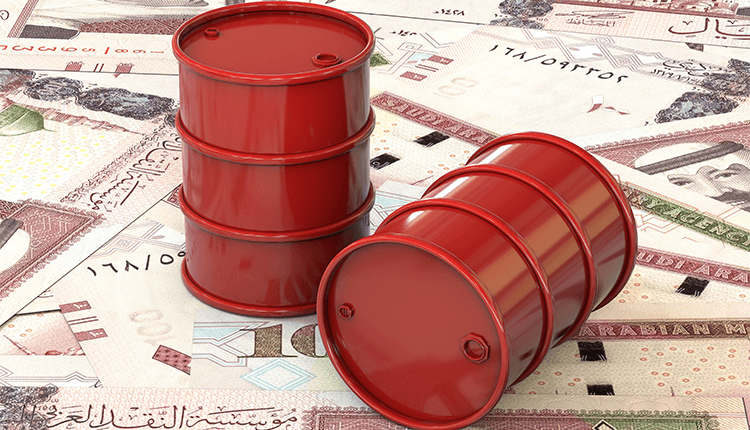On Tuesday, a worldwide energy supply shortage erupted into crude markets. It sent oil prices to their highest levels in three years.
Brent crude oil, the global benchmark, flirted with the $80 level in early trade. It was last up 1% at $79.54 a barrel, on track for its best close since October 2018. Crude futures in the United States were up 1.2 percent at $76.36 a barrel, on the way to close at their highest level in three years.
Both main benchmarks have increased approximately 11 percent due to a broader boom in energy markets over the past month. Depleted natural-gas stocks and rebounding economic activity prompted heated competition in Europe and Asia for natural gas to feed their power markets.
Oil’s move is primarily to do with the worldwide energy shortage coming out of the gas power market, said Norbert Rücker. It is now spilling over into the oil market because of the anticipation the energy scarcity implies we will utilize oil for spillover demand. When gas prices rise, certain power plants can use oil to create energy.
A Global Natural-Gas Production
A global natural-gas production imbalance, exhausted inventories, and a Chinese government initiative to reduce emissions have contributed to rising gas prices. It comes as the Northern Hemisphere enters the winter interior heating season. Several retail energy companies in the United Kingdom have already gone out of business due to the supply shortage. Gas prices at all-time highs have exacerbated the oil market’s already precarious supply-and-demand balance. Cumulative losses in U.S. Gulf of Mexico output following the effects of Hurricane Ida last month have reached more than 30 million barrels. They might exceed more than 55 million barrels before all production is restored, according to Helge André Martinsen, the senior oil market analyst at DNB Markets.
According to Georgi Slavov, head of fundamental research at brokerage Marex Spectron, European natural-gas prices have more than doubled this year. Moreover, the rally is unlikely to end very soon. Mr. Slavov added that weather forecasts in Europe indicate a cold November and December, which would boost gas demand.
Coal and carbon-permit prices rose as well, putting an additional burden on Europe’s energy-hungry businesses and industries. Contracts for emission allowances in the EU’s carbon market increased 0.9 percent. It traded at €64.92 a metric ton of carbon dioxide. It set the carbon-emitting permits required by power plants and steel mills on course for another all-time closing high.
The producer nations of the Petroleum Exporting Countries are a wild card in the oil-price mix. They continue to keep barrels off the market to keep prices high enough to profit. However, they have a history of releasing additional supply into the need to prevent high prices from suffocating demand.











